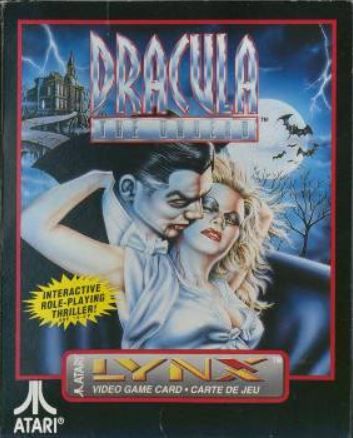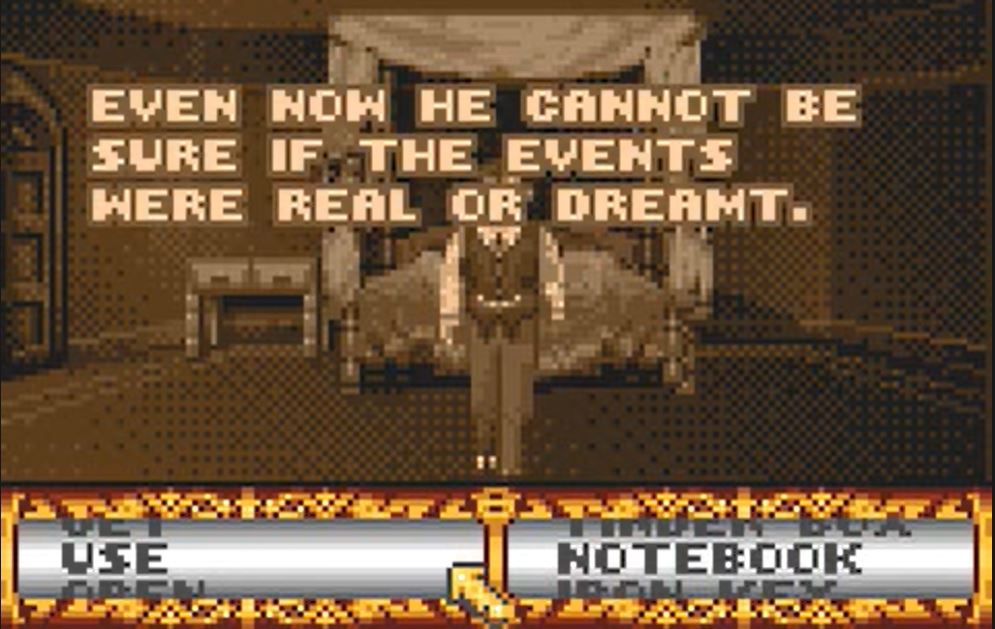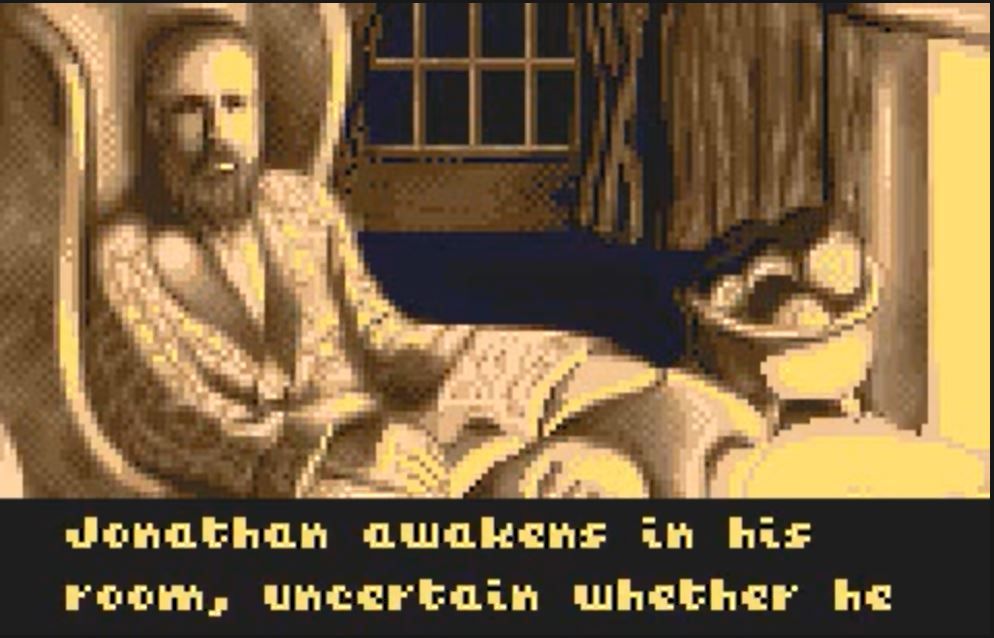Handheld gaming is more than a compromise of power and portability. Whether it’s the ability to play anywhere, multitask or hold an entire console in your hands, it’s a special experience consoles have never replicated. In a world where high resolutions and teraflops reign supreme, we take a look at a portable relic every month and reflect on what makes it memorable. Be warned, spoilers may occasionally populate these articles.
Vampires have been a horror staple for centuries. They were life-draining creatures of folklore that eventually worked their way into literature which subsequently led to them haunting other media like movies and video games. While there are many celebrated authors who have chronicled these creatures and many notable vampires in pop cultures, there's probably no vampire that's more iconic than Dracula. Bram Stoker's novel was published in 1897, and since then there have been several adaptations and references to the count. One interpretation of Dracula that often goes unmentioned was a 1991 game for the Atari Lynx known as Dracula: The Undead.
Dracula: The Undead is an adventure game that is based on the classic novel by Bram Stoker. In an unusual approach to narrative, Bram Stoker himself serves as the narrator for Jonathan Harker's adventure. Jonathan is in the unfortunate predicament of being in the count's castle, and since this is one of the games starring Dracula that doesn't involve the Belmont clan, he has to figure out a way on his own without being gifted with special vampire killing powers. Nevertheless, there are tools that mortals can use to dispatch vampires. Jonathan wakes up in Dracula's castle at the start of the game and has to find his way out before becoming a meal for the mosquitoes in human form.
An interesting thing about Dracula: The Undead is despite having Bram Stoker as the narrator it doesn't follow the book that much, as in most of the source material is absent from the game. This may have been a stylistic decision as most of the book is told through letters and newspaper accounts of the transpiring events and maybe the developers thought just basing a game around Harker's time in Dracula's castle would be a better gaming experience than trying to follow the book in its entirety. Or maybe because this was an early handheld game in the era where a 8 megs was considered a massive game they kept the game short and sweet for memory size reasons. In reality it's probably a combination of both reasons.
Dracula: The Undead is a point and click adventure which seems like an unusual choice for a handheld game. The small screen and lack of movement freedom from not having mouse and keyboard support does hinder things but not to a degree that ruins the fun. Harker explores the castle, interacting with found objects and NPCs. It's a bit of a puzzle game as the player needs to figure out what the proper use for each object is and how to solve all the objectives. Some of the wrong answers can lead to amusing on-screen messages. Occasionally Harker will encounter Dracula, who seems like he's trying to be a good host but doesn't grasp why city folk may find the sounds of wolves howling all night unnerving. Exploring everything is important as the story cannot advance without the appropriate knowledge being obtained. For example, Harker cannot climb out of his window to scale the castle walls until he learns from Dracula such a thing is a possible. More importantly, completing the game while missing certain objectives suggests that Harker ultimately fails in his quest and Dracula still wins. The overall feel of Dracula: The Undead can be compared to being similar to third-person Shadowgate.
History declared Nintendo the victor in the handheld arena, which is common knowledge that does make a design choice for Dracula: The Undead that much more interesting. One of the main arguments Atari used to sell the Lynx over Gameboy was the Lynx had a full color display compared to Nintendo's monochromatic offering. Again, this was probably partly to conserve cartridge memory and partly to hearken to the feel of classic monster movies, Dracula: The Undead is entirely in sepia. For the game this works well as a stylistic choice, giving it a feel closer to Bela Lugosi's Dracula than Gary Oldman's portrayal we got a year later, but it was a strange choice in the greater context of the handheld console wars.
Dracula: The Undead is an interesting take on Bram Stoker's novel, or at least a small segment of it. Between Stoker's narration segments and exploring the castle, the game does a better job of recreating the feel of the novel than if it was more action oriented. It's a short adventure that can be completed in an hour or so which is good because one of the design flaws is the lack of a save feature. But for those that enjoy classic horror and are tolerant of hardware limitations from thirty-year-old technology, Dracula: The Undead can be worthwhile trip to Transylvania.
Get more Pocket Power. Click here to view every Pocket Power so far and prepare for a pocket-sized stroll down memory lane.




